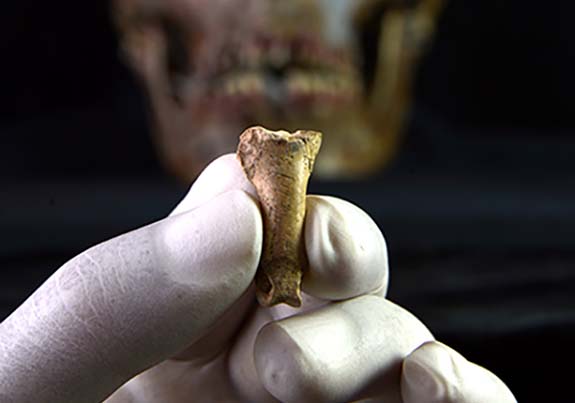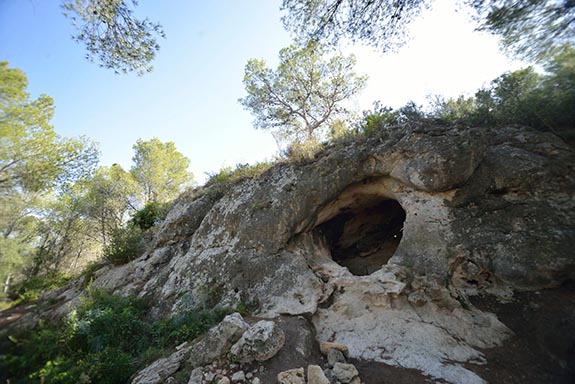Welcome to Music Friday when we bring you great songs with jewelry, gemstones or precious metals in the title or lyrics. Today, Death Cab for Cutie’s lead vocalist Ben Gibbard confesses to having commitment issues in the group’s 2009 release, “A Diamond and a Tether.”
In the song, Gibbard asks the listener to take pity on him because he’s not half the man he should be. He’s been misleading his girlfriend with empty promises and countless bluffs, but acknowledges, “I know you can’t hold out forever waiting on a diamond and a tether.”
The phrase "diamond and a tether" presents an interesting dichotomy. While the diamond stands for a commitment, love and marriage, the tether connotes the dreaded loss of freedom.
The singer-songwriter describes how he's managed to compromise just enough to keep the relationship going. He won't swim, but he will dip his toe in the water "just to keep you here with him."
In the end, Gibbard paints a grim picture of a boy who won't jump when he falls in love. He stands paralyzed with his toes on the edge and waits for his love "to disappear again."
“A Diamond and a Tether” appeared as the second track from the group’s The Open Door EP, a compilation of six songs that was nominated for Best Alternative Music Album at the 52nd Grammy Awards in 2010 and peaked at #30 on the Billboard 200 chart.
Death Cab for Cutie, which was formed as an alternative rock band in Washington State in 1997, has released nine full-length studio albums, four EPs, two live EPs, one live album, and one demo album. The group’s unusual name was derived from The Beatles’ 1967 film, Magical Mystery Tour. In the film, The Bonzo Dog Doo-Dah Band performs a song called “Death Cab for Cutie.”
Death Cab for Cutie will be touring from the end of December through the beginning of March, with shows scheduled for Seattle, Milwaukee, Chicago and Tempe.
Check out the audio track of “A Diamond and a Tether” at the end of this post. The lyrics are below if you’d like to sing along...
“A Diamond and a Tether”
Written by Ben Gibbard. Performed by Death Cab for Cutie.
Pity, take pity on me.
‘Cause I’m not half the man that I should be.
Always turning to run,
from the people I should not be afraid of.
And darling, you should know
that I have fantasies about being alone.
It’s like love is a lesson,
that I can’t learn.
I make the same mistakes at each familiar turn.
I know you can’t hold out forever
waiting on a diamond and a tether
from a boy who won’t swim
but who will dip his toe in
just to keep you here with him.
I’ve got this habit I abhor.
When we go out I’m always watching the door.
’Cause if there’s someone I’m gonna see
who could outdo the things you do to me.
And I know you can’t hold out forever
waiting on a diamond and a tether
from a boy who won’t fly
but who will take to the skies if he thinks you are about to say goodbye.
Pity, take pity on me.
’Cause I’m not half the man that I should be.
And I don’t blame you,
you’ve had enough,
of all these empty promises and countless bluffs.
’Cause I know you can’t hold out forever
waiting on a diamond and a tether
from a boy who won’t jump when he falls in love.
He just stands with his toes on the edge
and he waits for it to disappear again.
Credit: Press photo by Eliot Lee Hazel [CC BY-SA 4.0], via Wikimedia Commons.



